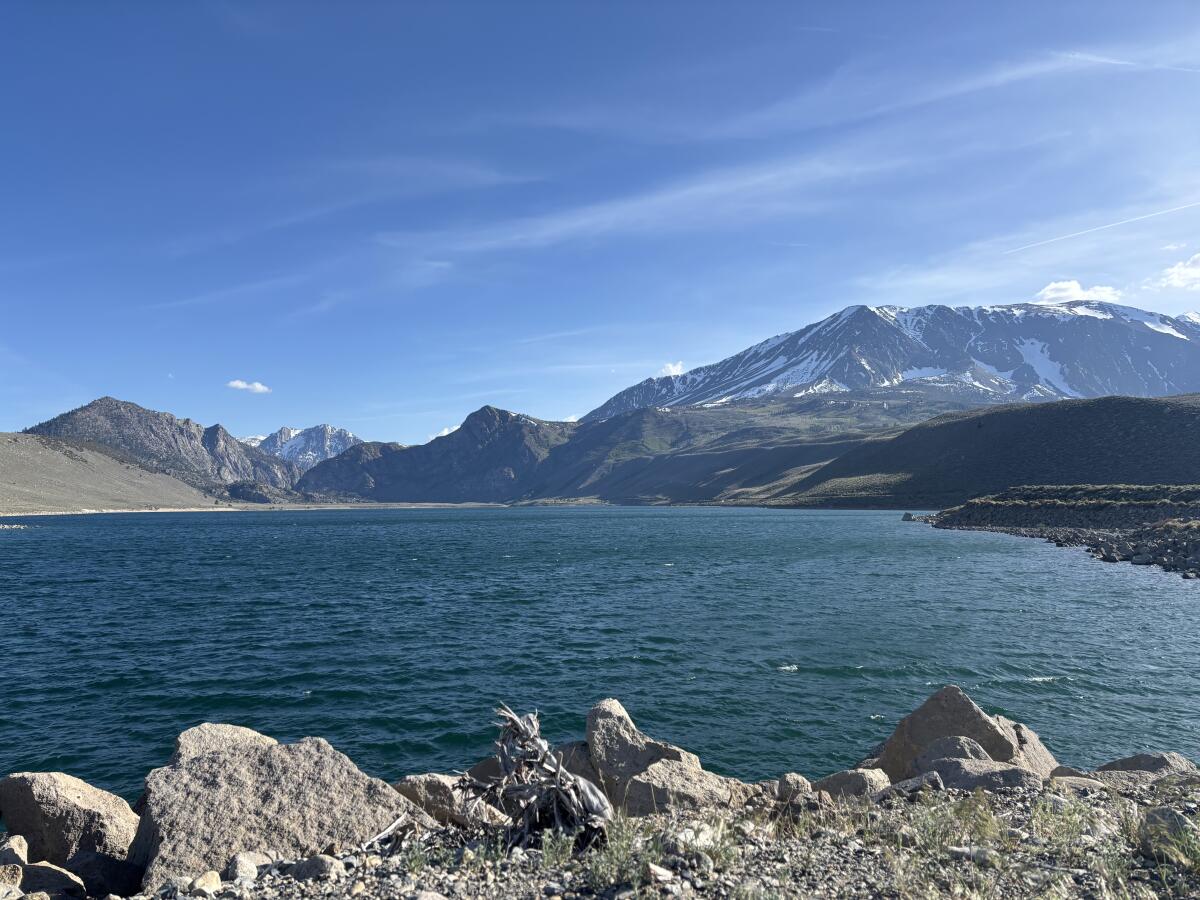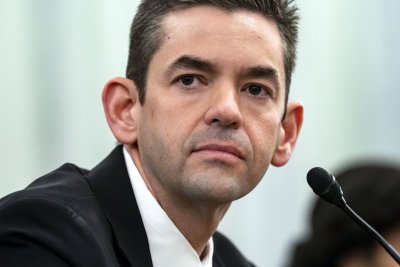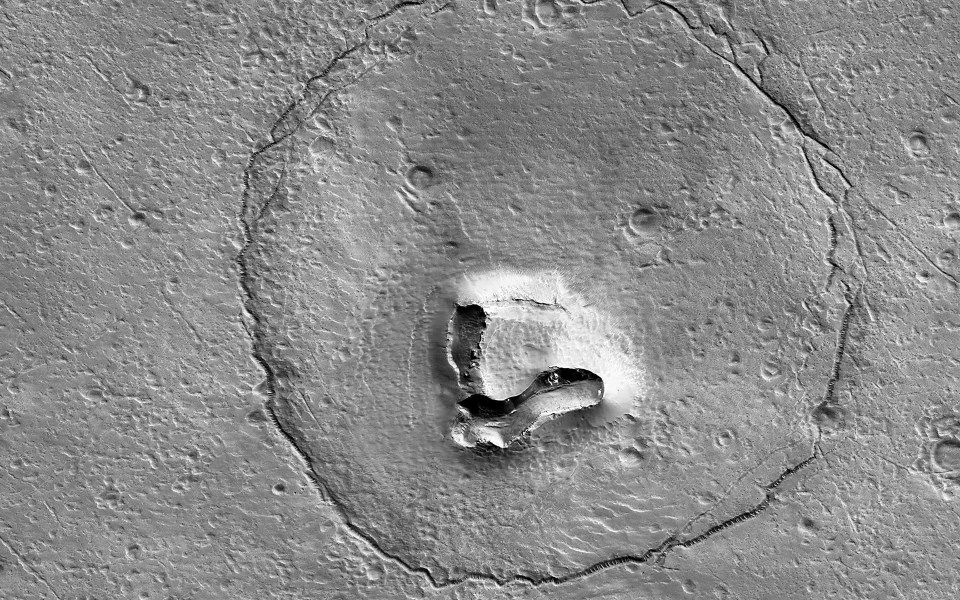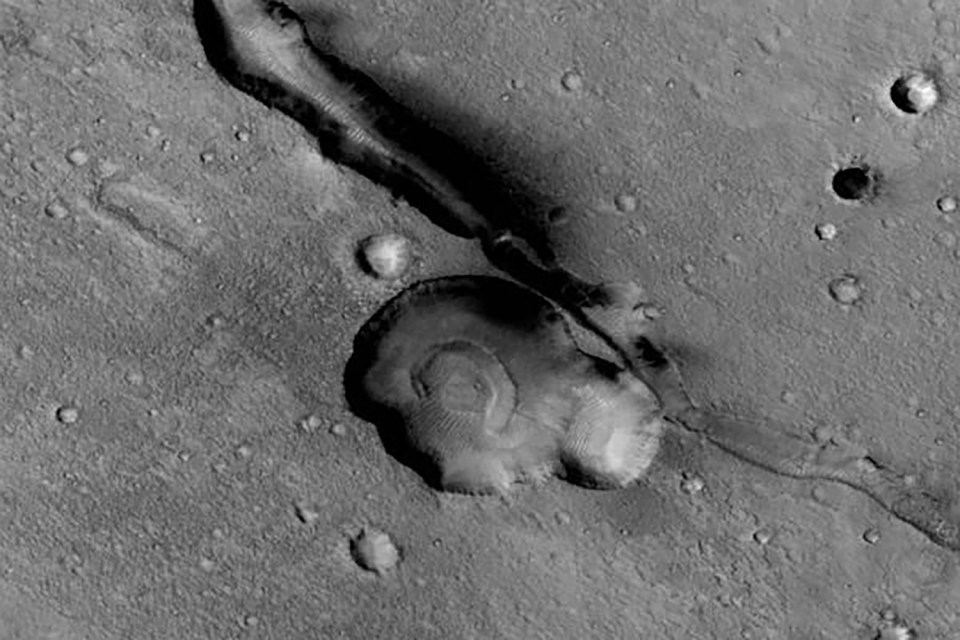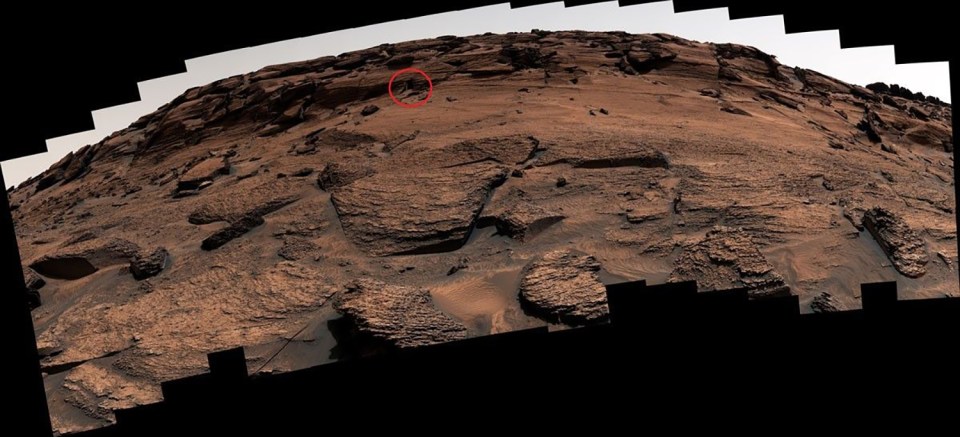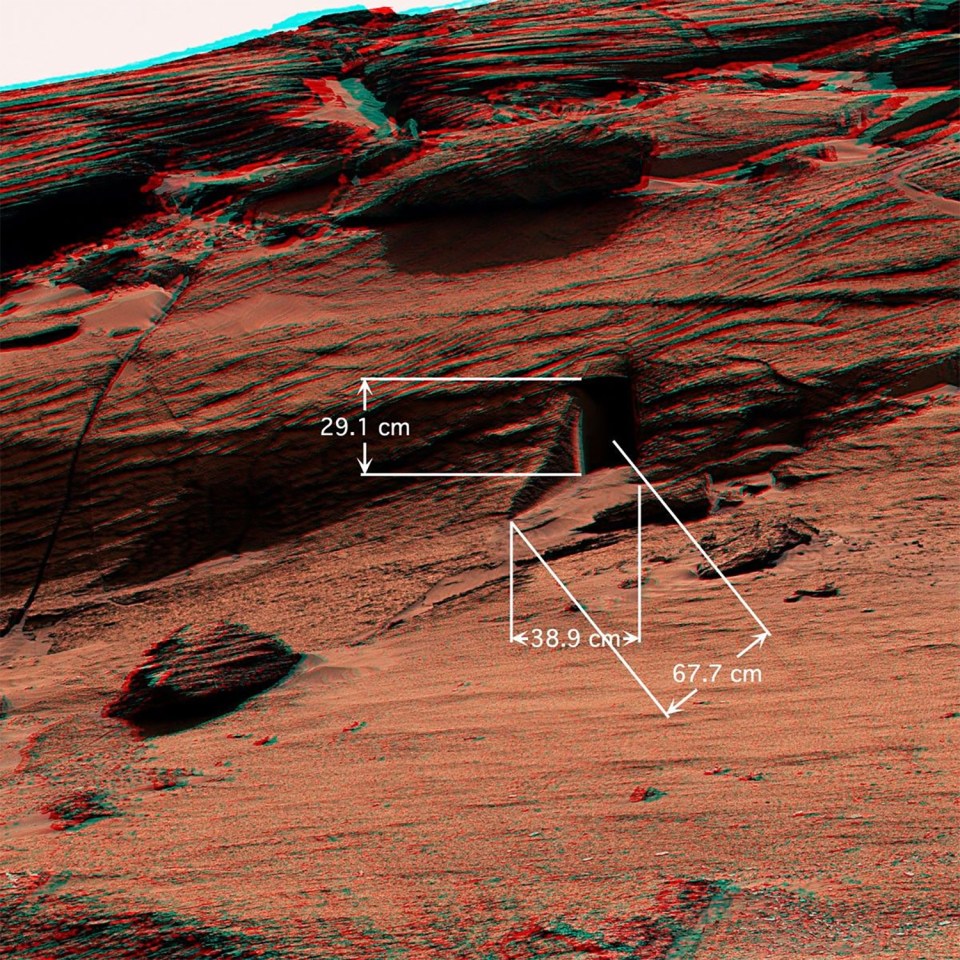America is moving backward on climate. Here’s how Hollywood can help
An unprecedented heat wave is baking Seattle, and Grey Sloan Memorial Hospital is overwhelmed.
Doctors scramble to treat people with heat stroke and pregnant women going into early labor due to triple-digit temperatures. The emergency room runs out of ice. Elective surgeries are canceled. Grey Sloan is so inundated — partly due to power outages at another hospital — that it’s forced to turn away patients.
In one scene — because this is all happening on the latest season of “Grey’s Anatomy” — several doctors operate on a young man who tried to rob a convenience store, only to wind up shot with his own gun during a scuffle.
“We should invite the lawmakers voting against background checks to assist,” says Teddy Altman (Kim Raver), the hospital’s chief of surgery.
“Well, violent crime rises along with the temperature,” responds intern Jules Millin (Adelaide Kane).
Fact check: Accurate. There’s real research linking gun violence to above-average temperatures.
There was also a real heat dome that inspired the writers of “Grey’s Anatomy.” Portland hit a record 116 degrees in 2021; between the U.S. and Canada, 1,400 people died. Global warming made it worse, researchers found.
If President Trump and other politicians keep doing the oil and gas industry’s bidding, the climate crisis will only get deadlier. But Hollywood can play a leading role in turning the tide.
Not by preaching. By entertaining.
I’d never seen “Grey’s Anatomy” before watching the heat wave episodes; soap operas aren’t really my thing. But the long-running ABC drama got me invested right away. The characters are sympathetic, the dialogue sharp and funny, the medical plotlines rife with tension. And I was impressed by how the writers kept the heat front of mind: a coffee cart running out of cold drinks, patients fanning themselves, several references to cooling centers.
In one of the final scenes of the two-episode arc, which concluded in March, surgical resident Ben Warren (Jason George) says the hospital needs an emergency plan for heat domes. It isn’t prepared for wildfires, either.
“They’re only increasing with climate change,” he says.
Sabina Ehmann and her daughter Vivian, visiting Seattle from North Carolina, use umbrellas to shield themselves from the sun during the June 2021 heat wave in the Pacific Northwest.
(John Froschauer / Associated Press)
Some of you may be thinking: Who cares about a bunch of fake doctors running around a fake hospital? We have real climate problems in the real world. Trump and congressional Republicans are eviscerating clean air rules and revoking clean energy grants. Let’s focus on politics and policy, not pop culture.
Thing is, people don’t form opinions in a vacuum. The media we consume inform our politics — fiction included.
Studies have shown, for instance, that the sitcom “Will & Grace” reduced prejudice against gay men, and that on-screen violence can increase the risk of violent behavior. Researchers found that a scene from HBO’s “Sex and the City” reboot “And Just Like That …” made viewers more likely to say eating less meat is good for the environment.
Millions of people watch “Grey’s Anatomy.” The impact is clear to producer Zoanne Clack, an emergency medicine physician who spoke at the Hollywood Climate Summit this month.
“In the ER, I could tell two people about diabetes. They might tell two people, and they might tell two people,” she said. “But I do a story on [diabetes] on ‘Grey’s Anatomy,’ and 20 million people have seen it.”
“And if 10% of those people get something out of it, that’s a lot of people,” she added.
Already, researchers are studying viewer responses to the heat dome storyline. The conservation nonprofit Rare surveyed 3,600 people, showing some participants the first heat episode and others an unrelated episode.
Although the study isn’t done yet, Anirudh Tiwathia, Rare’s director of behavioral science for entertainment, told me it’s clear that viewers came away from the heat episode more concerned and better-informed about extreme heat. The nonprofit is still testing whether those effects persisted several weeks after watching.
Rare also showed some viewers the heat dome episode plus a social media video reiterating the health dangers of extreme heat. Those viewers may come away even more informed. Rare released a study last year finding that people who watched “Don’t Look Up” — a disaster movie with intentional climate parallels — were far more likely to support climate action if they also watched a climate-focused video starring lead actor Leonardo DiCaprio.
“People see stuff on screen, and then they see stuff on the second screen,” Tiwathia said, referring to phones and laptops. “The second screen is an opportunity to really pick up the baton from the main narrative.”
The videos used by Rare for its “Grey’s Anatomy” study were commissioned by Action for the Climate Emergency, which paid social media influencers to create 21 videos tied to the show. Rare chose four videos, including one by a gardener with 234,000 Instagram followers and one by an artist with 2 million followers.
A survey by Action for the Climate Emergency found that social media users who saw the videos were more likely than typical “Grey’s Anatomy” viewers to understand the links between heat, health and global warming.
“It’s an opportunity for us to reach outside the echo chamber,” said Leah Qusba, the group’s chief executive.
Jules Millin (Adelaide Kane) talks with Richard Webber (James Pickens Jr.) on the “Grey’s Anatomy” heat wave episode “Hit the Floor.”
(Christopher Willard / Disney)
Fortunately, there’s a small-but-growing ecosystem within Hollywood that’s increasingly able to support this kind of partnership. A few major studios have started teams to advise creatives on climate storytelling. Environmental groups, consulting firms and universities have stepped up to provide expertise and research.
The “Grey’s Anatomy” heat dome storyline might not have happened except for Adam Umhoefer, an executive at the CAA Foundation, the philanthropic arm of Creative Artists Agency, one of Hollywood’s top talent agencies. He co-founded Green Screen, an effort to connect CAA clients and others in the industry to sustainability experts.
“The idea is that I’m kind of operating as an agent for climate,” Umhoefer told me.
When Umhoefer heard from a friend in the “Grey’s Anatomy” writers’ room that the writers were looking to tell a climate story — after ending Season 20 with a massive wildfire — he connected them with the Natural Resources Defense Council, whose Rewrite the Future initiative consults with studios to improve climate storytelling.
“We were very interested in continuing that [fire] story, and the effect on the community of Seattle,” showrunner Meg Marinis said at the Hollywood Climate Summit. “We just didn’t want to pretend that never existed.”
To foreshadow the heat dome, they started the season with climate protesters blocking a bridge, causing several characters to get stuck in traffic. One of them, Link (Chris Carmack), scolds his partner Jo (Camilla Luddington) for getting annoyed, since the protesters are fighting for a worthy cause. Tick populations are exploding, he reminds her, increasing the risk of Lyme disease. And the last 10 years have been the 10 hottest on record globally.
“When Camilla and Chris Carmack were in that car, it was like 95 degrees near Long Beach. … They were putting ice packs on their heads in between takes,” Marinis said. “It was all very relatable. We were all living through it.”
Lived experience aside, it’s hard to know how much appetite entertainment executives will have for more climate stories while Trump is in office. He’s flouted democratic norms by threatening and even pursuing lawsuits against media companies that irk him, including Paramount, Comcast and the Walt Disney Co., which owns ABC.
But the fossil fuel industry won’t stop winning the culture wars, and thus the political wars, until a much broader segment of the American public demands climate solutions, now. Hollywood can help make it happen.
The folks behind “Grey’s Anatomy,” at least, say they aren’t planning to back down. Stay tuned.
This is the latest edition of Boiling Point, a newsletter about climate change and the environment in the American West. Sign up here to get it in your inbox. And listen to our “Boiling Point” podcast here.
For more climate and environment news, follow @Sammy_Roth on X and @sammyroth.bsky.social on Bluesky.

